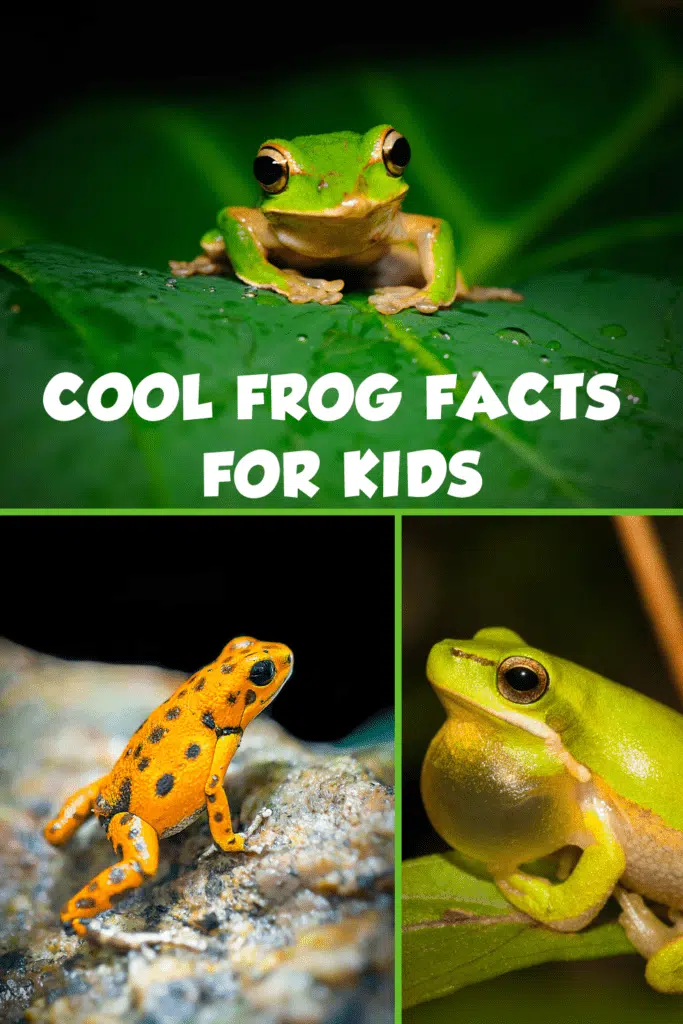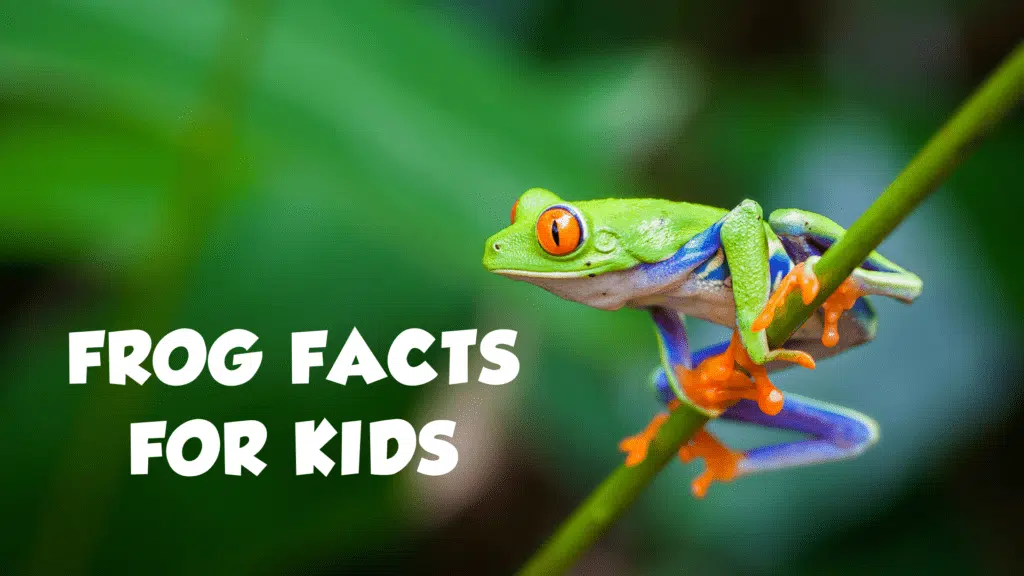No products in the cart.
Blog, Collectibles
Cool and Interesting Frog Facts for Kids
Here at Yowie, we like making learning fun. That’s why we’ve done some extensive research to come up with some seriously cool frog facts for kids. Not only will these make a great classroom learning resource for teachers and homeschooling parents, but these fun frog facts are also sure to get your kids hopping into the library for more information. Pair these frog facts with our adorable frog craft for a perfect educational fun afternoon!
Out of the 7,500+ species of amphibians in the world, over 5,000 of them are frogs. Being amphibians means that they are able to live on both land and water, although some frogs are aquatic – meaning they live mainly underwater. One example of an aquatic frog is the dwarf clawed frog, a limited-edition collectible in our Yowie Gummies.
Cool Facts About Frogs
Did you know…
The world’s largest frog is the Goliath frog. This frog can be found in the rain forests at the equator of western Africa, near swift-moving rivers and waterfalls. It can grow to 15 inches long and weigh up to 7 pounds. That doesn’t sound very big, but for a frog it is!
The smallest known frog is the Paedophryne amauensis, which grows an average of 7.7 millimeters long. These tiny frogs can be found in the New Guinean rain forests and are the record holders for the smallest vertebrate in the world.
Evidence shows that frogs have roamed the Earth for almost as long as dinosaurs. The earliest known frog appeared about 190 million years ago, during what is known as the late Jurassic period.
Toads are still frogs. “Toad” is usually used to describe frogs that have warty and dry skin, as well as shorter hind legs. Although they are both from the Anura order, they are found in different families.
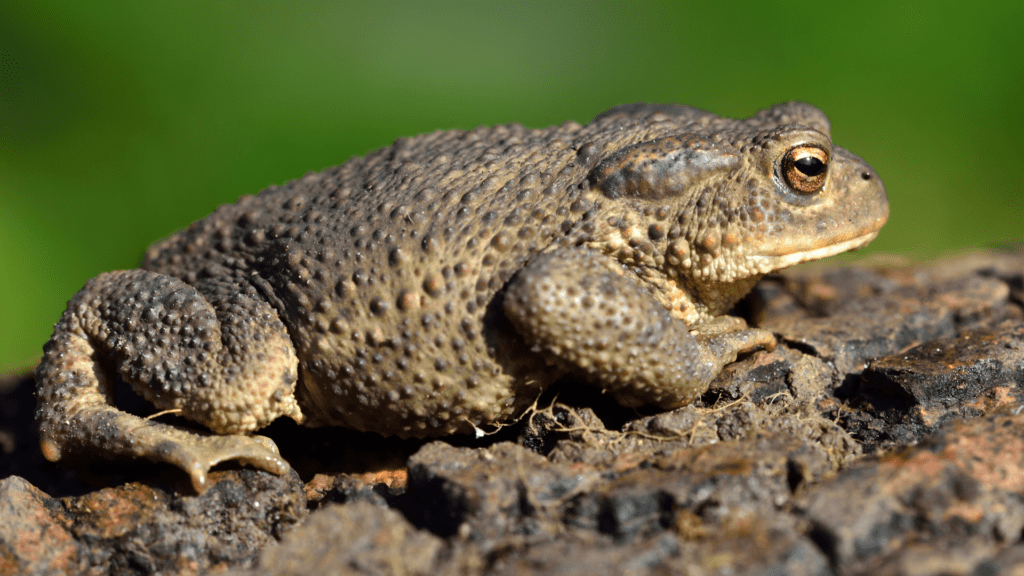
Frogs don’t drink water the way other animals do. Instead, they absorb water directly through their skin in an area known as the ‘drinking patch’ located on their belly and the underside of their thighs.
Some frogs can jump over 20 times their own body length. That’s like a human jumping more than 100 feet!
Frogs can lay as many as 4,000 eggs in frogspawn. Frogs lay their eggs in the water, which hatch into tadpoles. Then, the tadpoles undergo metamorphosis to change into frogs as they reach maturity.
Frogs were the first land animals to have vocal cords. Each frog’s call is unique to its species. Male frogs have vocal sacs, or pouches of skin that fill with air. These balloons resonate like a megaphone, and some frog sounds can be heard from a mile away.
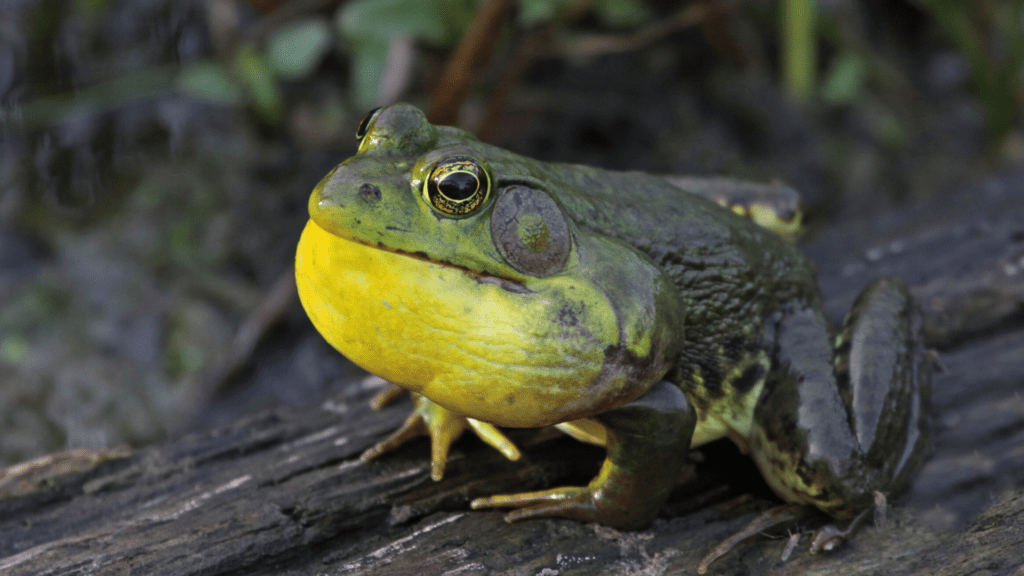
Frogs use their sticky, muscular tongue to catch and swallow food. Unlike humans, their tongue is not attached to the back of its mouth but attached to the front instead. This allows frogs to stick their tongues out much further.
Frogs usually eat meat like bugs and worms. They eat by swallowing their food whole.
Just like a tree, a frog’s bones form a new ring every year when the frog is hibernating. Scientists can count these rings to find out the age of the frog.
The golden dart frog is the most poisonous frog on earth and the skin of one frog could kill up to 1,000 people. This frog’s toxin is created from their diet.
Many of the most brightly colored tropical frogs are colored in this way to warn predators that they are poisonous. This is called aposematism.
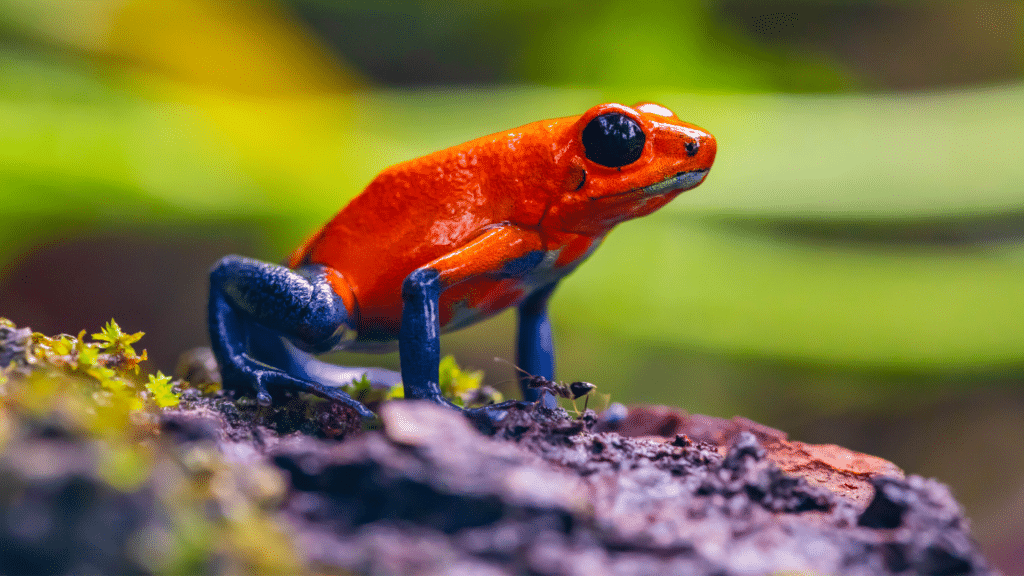
One type of frogs known as lemur frogs can change color. During the night when they are active, their upper parts turn brown. When they are resting, they turn green to blend in with the leaves that they sleep on.
Some frogs, like the American Green Tree frog, are often kept as pets. These small frogs are timid, and most don’t tolerate being handled well, but they are very cute to watch.
Frog ears are called tympanums and look more like a flat, disc-shaped patch of skin next to each eye. The tympanums’ size and the distance between them affects the volume and pitch of the sounds that each frog makes.
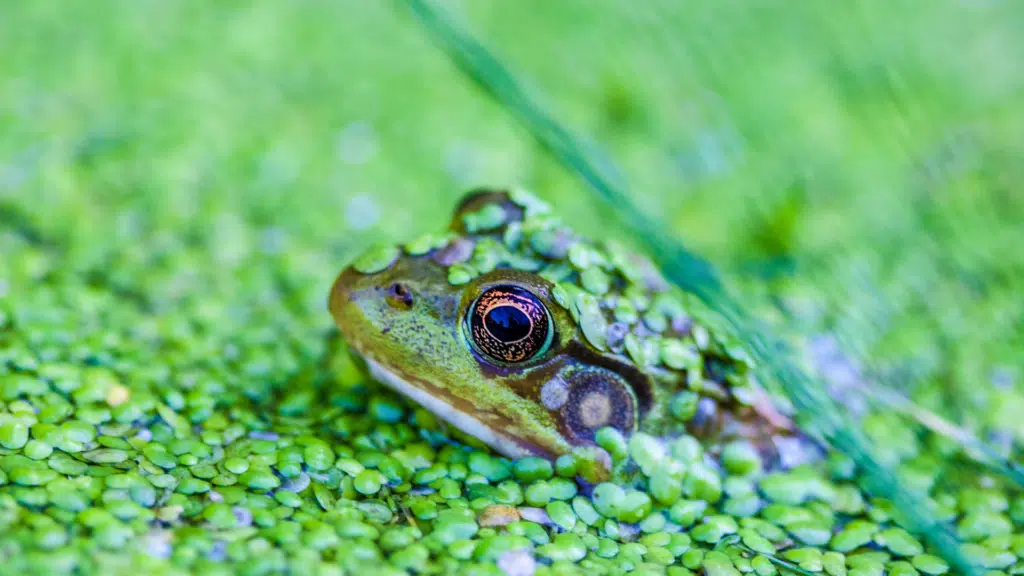
Because they are cold-blooded, they don’t need to eat very often to support their metabolism.
During extreme conditions, some frogs enter a state of decreased physical activity, called torpor, and can remain inactive for months. In colder regions, many species of frog hibernate in winter.
Which frog fact did you find most interesting? Do you know an interesting frog fact that we left out? Let us know on Facebook!
If you enjoyed these fun frog facts, you’ll love Yowie treats. With each Yowie surprise-inside chocolate and gummy candy, you get a to reveal a limited-edition collectible toy animal and a leaflet containing facts and information about each one. Check out our store locator to find Yowie near you!
